

 |
 |
||||||||
|
|
|||||||||
|
|
|
|
|||||||
|
|
|||||||||
|
|
|
|
|||||||
|
|
|||||||||
|
|
|
|
|
|
|
|
|
|
|
 |
THE REGION ... toscana (italy)
Tuscany's winemaking industry counts on one of the most noble and
ancient traditions that predates the universally known Chianti wine
that often springs to mind when this region is discussed.
The hilly soil and the weather conditions of Tuscany are ideal for grape growing and, with the passing centuries, the numerous types of grapes grown gave rise to some rare and much loved varieties. Nowadays, the most grown variety is the noble Sangiovese, which is often combined with small amounts of locally grown Cabernet Sauvignon, Canaiolo, Ciliegiolo and other grapes into wonderful blends such as the signature Tuscan wines, the Chianti and Chianti Classico, which probably are the best known Italian wines in the world. OUR PRODUCERS ...BOLSIGNANOCASTELLO DI POTENTINO MONTECALVI PODERE IL CARNASCIALE IL BALZO AZIENDA AGRICOLA OSTRICHETTA ROCCAPESTA TENUTA IL PALAZZO FABRIZIO DIONISIO |
|
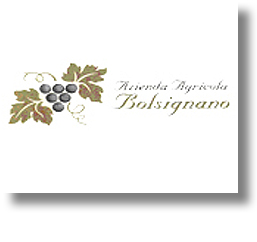 |
BOLSIGNANO
|
|||||||
| back to top | ||||||||
 |
CASTELLO di POTENTINO
Once in a while we find a diamond in the rough. Castello di Potentino is exactly that brilliant diamond in the rough in the DOC of Montecucco.
Deep in the foothills of Monte Amiata in a small town called Seggiano in the province of Grosseto is the beautiful and said to-be haunted
Castello di Potentino by Charlotte Horton herself; the passionate and very personable owner of Castello di Potentino.
|
|||
| back to top | ||||
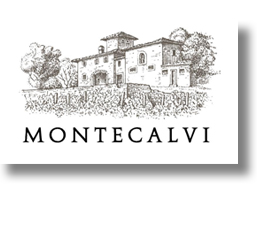 |
MONTECALVI Montecalvi is a small wine estate in the heart of Chianti, specifically in the hilly area of Greve in Chianti, 20 km south of Florence. The south-westerly facing estate covers 10 hectares of which 3,5 hectares are vineyards. There are four small vineyards one of which has been planted in 1932 on small terraces) at an altitude of around 300m above sea level, on land derived mostly from sandstone. Jacqueline Bolli and Daniel O'Byrne conduct this jewel with passion and devotion. The Bolli family bought the Montecalvi estate in 1988. Since the 1991 harvest there has been a steady growth which has reached a qualitative standard in recent years that would be difficult to match anywhere. |
|
| back to top | ||
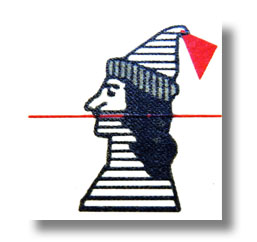 |
PODERE IL CARNASCIALE
Podere Il Carnasciale is situated on the very last of the southern Chianti mountains in the Valdarno, 30 km north from
Siena and Arezzo, and 60km south of Florence. The small hilltop estate is run by Bettina Rogosky and her son Moritz, in
collaboration with the enologist and winemaker Peter Schilling. |
|
| back to top | ||
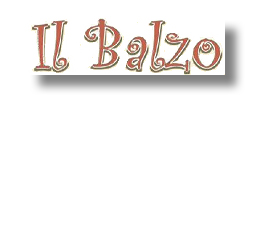 |
IL BALZO
We have spoken in the past about the searches for the proverbial diamond in the ruff. I discovered this Chianti Rufina from Podere il Balzo di Paolo Poticelli
on one of my annual visits to Italy. It was introduced to me by Dott. Franco Bernabei, at his lab in Greve. Admittedly it was the label that caught my eye at
first. If you love Italian wine as I do then you have to love Chianti Rufina. Up until now, I had not found the right Chianti Rufina that fit my style and
requirements for import or should I say it had not found me. |
|
| back to top | ||
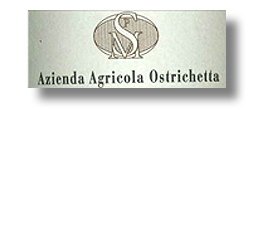 |
AZIENDA AGRICOLA OSTRICHETTA
The Pederzolli family have been growing grapes and producing wine since the early 19th century. Pierpaolo Pederzolli and his son Andrea were looking for a place in
Tuscany where they could revive the family traditions away from their native northern Italian region of Trentino Alto Adige. In 2000 they found the right place
in the "Podere Santa Maria", a property of 90 hectares situated in the heart of the Merse Valley in the Commune of Casole d'Elsa, 15 km west of Siena and 10 km
south of San Gimignano. In 2001 they acquired the abandoned property with the goal of constructing a small and focused winery of superior quality wines. As they
embarked on this fascinating journey, Paolo and Andrea conducted extended soil analysis in order to ascertain its texture, structure and mineral nutrients content.
The results were encouraging: a soil generously rich in minerals with a great skeleton structure alternating areas of sandy clay and basalt limestone. This provided
the right foundations for the quality vineyards. |
|
| back to top | ||
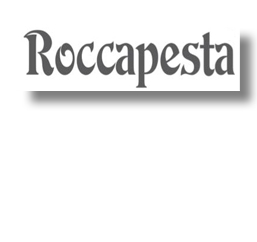 |
ROCCAPESTA
Roccapesta is comprised of 15 hectares and is located in the Maremma subzone of Tuscany; more specifically in the Morellino di Scansano DOCG. Maremma is a word derived from two Italian
words; "mare" (sea) and "montagna" (mountain). It is a little strip of land in the southern part of Tuscany between the Mediterranean Sea and Monte Amiata. The very first vineyard planted
at Roccapesta was in 1975 with Sangiovese and Ciliegiolo. |
|
| back to top | ||
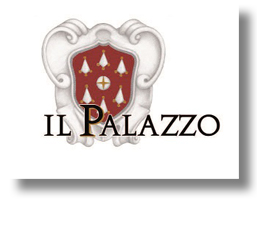 |
TENUTA IL PALAZZO
Since 1971 Anna Maria Banelli’s began managing Tenuta il Palazzo after years of abandonment of this diamond in the ruff near Arezzo. In 1976 Anna Maria Banelli and her husband
Primo began to restore the estate recovering its original architecture. There were important land improvements such as an irrigation systems and an artificial reservoir to collect
rainwater to be used to irrigate the vines during the summer. In 2005, a modern wine cellar was constructed. |
|
| back to top | ||
 |
FABRIZIO DIONISIO
Sergio Dionisio acquired the 6.5 hectares known as "Il Castagno" in the early 1970s. In 1992, a 2nd parcel called "Poggio del Sole" was purchased reaching its current size of 12.5
hectares of vineyards. Both properties are located on Cortona’s gentle hills in what is also known as the "Chiuso della Valdichiana" and rests at an elevation on average of 300 meters
above sea level. Overall, the area resembles a high plateau set between the Val d’Orcia and the steep slopes of the Casentino and of the upper Tiber Valley. Rising up over the area from
its perch on the slopes of Monte Sant’Egidio is the ancient and noble city of Cortona. |
|
| back to top | ||
| About DVS | Our Producers | Find Our Wines | Links | Contact | Site Map | ||
 |
||
|
© 2014 Servello Imports, LLC. All Rights Reserved. |